How to Make Hibiscus Kombucha – With 15 Recipe Ideas
This post may contain affiliate links. Please read our disclosure policy.
Combining the benefits of kombucha and hibiscus into brewing homemade hibiscus kombucha by using the first and second fermentation process.
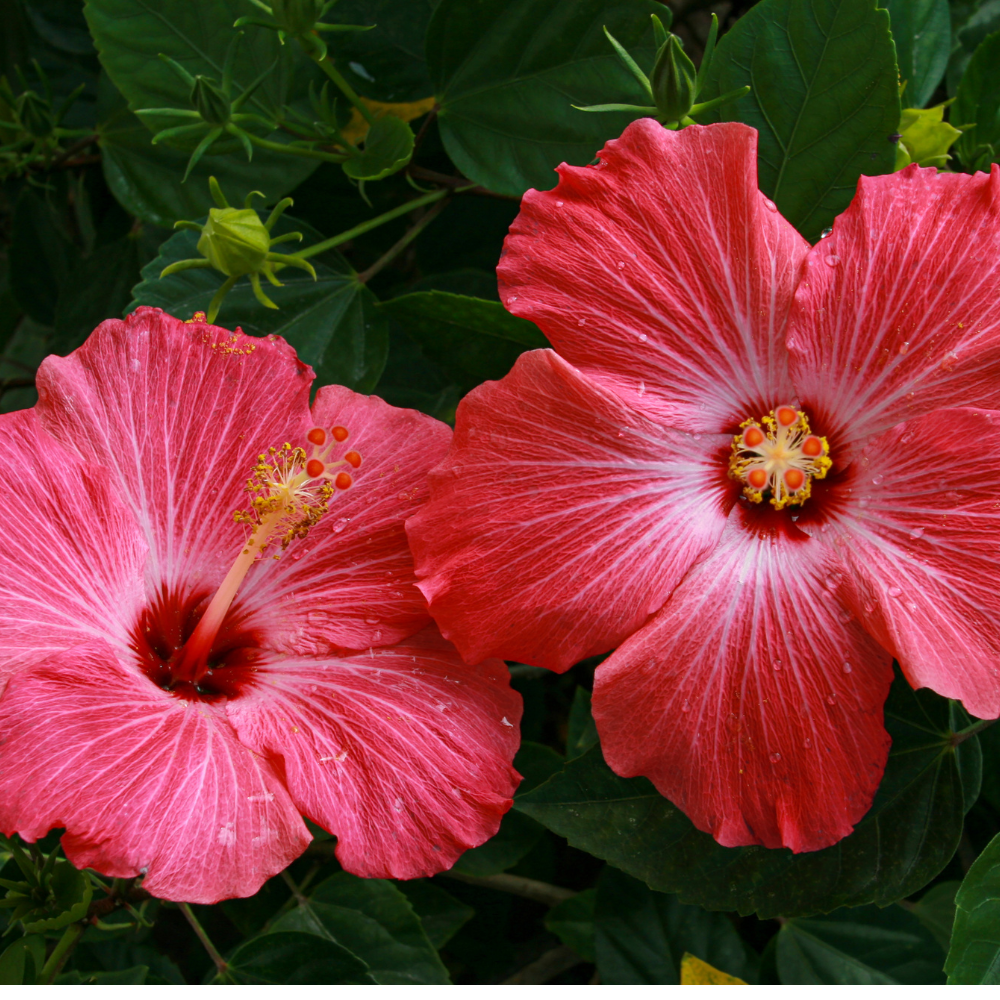
As you get used to brewing your own kombucha, you might find yourself looking for more recipe inspiration. One way to experiment with new flavorings is to use different teas in the first fermentation process. There are endless flavoring options to explore during the secondary fermentation process, making kombucha brewing a creative endeavor.
Black tea is the typical homemade kombucha tea. Other common teas used in the first fermentation process are green tea or white tea.
Kombucha is known for its health benefits. Kombucha tastes like tart soda but with wild postbiotics that help your gut microbiome. Using herbal teas is a great way to infuse antioxidants and vitamins into the homemade kombucha.
Hibiscus is the perfect way to incorporate new creativity into both fermentation processes.
If you are still new to brewing your own kombucha and want to learn more about the first and second fermentation stage, check out this blog post to learn more. I also give a refresher to each process in the steps below.
-
How To Make Homemade Kombucha- Simple Recipe
Facebook Pinterest This post may contain affiliate links. Please read our disclosure policy Kombucha is a fermented sweet tea drink. It tastes like tart soda but with added health benefits of postbiotics that help your gut microbiome. Kombucha has gained popularity as a health drink because the fermentation process can infuse antioxidants and vitamins into the…
What is Hibiscus?
Hibiscus is a flowering tropical plant, a member of the rose family. Hibiscuses are best known for their large, colorful blooms. They are native to parts of Asia, Africa, Central America and tropical islands. There are many varieties of hibiscus, some growing up to 10 inches across. Certain varieties of hibiscus flowers are edible, specifically the Hibiscus sabdariffa. Some varieties may be toxic for human consumption, so it’s always double-check. The dried flower petals are the parts of the hibiscus plant that are used for teas. Hibiscus tea has a tart and floral flavor, with a deep red color. Hibiscus has no calories and no caffeine, making it a great alternative to sugary drinks.
I source my organic sun dried hibiscus flower petals here
What are the Benefits of Hibiscus?
Hibiscus offers a variety of health benefits, especially when consumed as tea. Hibiscus is high in antioxidants and vitamin C. Some studies suggested that regular consumption of hibiscus tea has some health benefits like:
- Can help lower blood pressure, both systolic and diastolic
- Can improve liver health by producing detoxifying enzymes
- Can help reduce inflammation
- Aid in weight loss as a mild diuretic
Given its numerous health benefits, it would be an excellent addition to the advantages of kombucha. The hibiscus kombucha recipe is very versatile in each brewing process. You can use fresh hibiscus flowers in brewing kombucha in one or two ways: the first fermentation or the second fermentation.
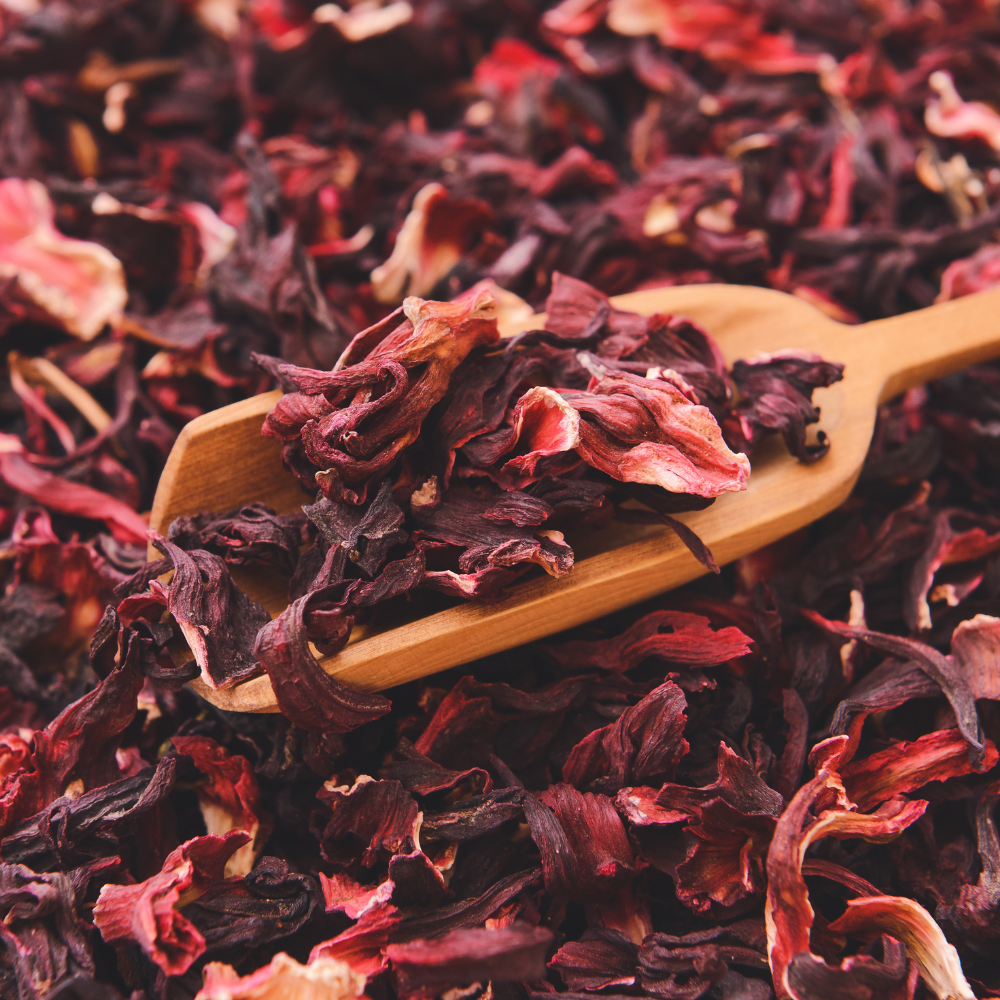
How to Make Hibiscus Kombucha in the First Fermentation
The first option to make hibiscus kombucha is in the first fermentation.
A refresher to the first fermentation process: you start by making sweet tea, add some kombucha starter tea and a SCOBY (Symbiotic Culture of Bacteria and Yeast).
Sourcing Hibiscus: You can use hibiscus tea bags or loose-leaf dried hibiscus petals and still receive the same outcome. It is more cost-effective to use loose-leaf dried hibiscus petals.
First you can brew hibiscus sweet tea using dried hibiscus flowers. Use 4 tea bags or 1/8 cup dried loose leaf hibiscus petals to 8 cups of water. Use ½ cup sugar for 8 cups of water. You can increase or decrease the ratios depending on your batch size.
For the tea, you can use all hibiscus or a combination of some dried or fresh hibiscus flowers and some black tea bags.
Steep dried hibiscus flowers in hot water to extract the beautiful deep red color and floral flavor. Let the water cool before you add the SCOBY and 1 cup of starter tea. Add the liquids into a large glass jar. The deep red color of hibiscus tea will dye the SCOBY.
Next, cover the bottle with fabric and a rubber band to safely let the sweet tea ferment with the SCOBY for 7 to 10 days.
With your fresh hibiscus kombucha tea, you can start to flavor with the second fermentation to create a flavorful, carbonated kombucha.
Over time, if hibiscus tea is consistently used to brew kombucha, the SCOBY could underperform compared to kombucha using a black tea SCOBY. Instead, when the SCOBY grows with each batch, you can use the new SCOBY for your next batch of kombucha
How to Make Hibiscus Kombucha in the Second Fermentation
The second option for making hibiscus kombucha is in the secondary fermentation process.
A refresher to the second fermentation process: bottle the fermented sweet tea without the SCOBY in flip-top glass bottles, add your spices or fruit juices to flavor, let sit for 3-5 days so carbonation can build up.
To use hibiscus in the second fermentation stage, add a teaspoon of loose-leaf dried hibiscus flowers into flip-top glass bottles. Add a teaspoon of white sugar to the bottle. Fill the bottle with the fermented kombucha sweet tea leaving a few inches of head space.
The hibiscus flowers will add a deep red color and floral flavor, which can be paired with fruit jucie or spices for a more enriching flavor. The sprinkle of white sugar is only needed if the hibiscus isn’t paired with anything that contains natural sugars. The carbonation process creates carbon dioxide that feeds on the white sugar.
Seal the glass bottles, set at room temperature and let the kombucha ferment 3 to 5 days.
Then, slowly release the pressure from the glass bottles.
Looking for more flavor combinations with hibiscus kombucha? Check out these 15 different flavors below
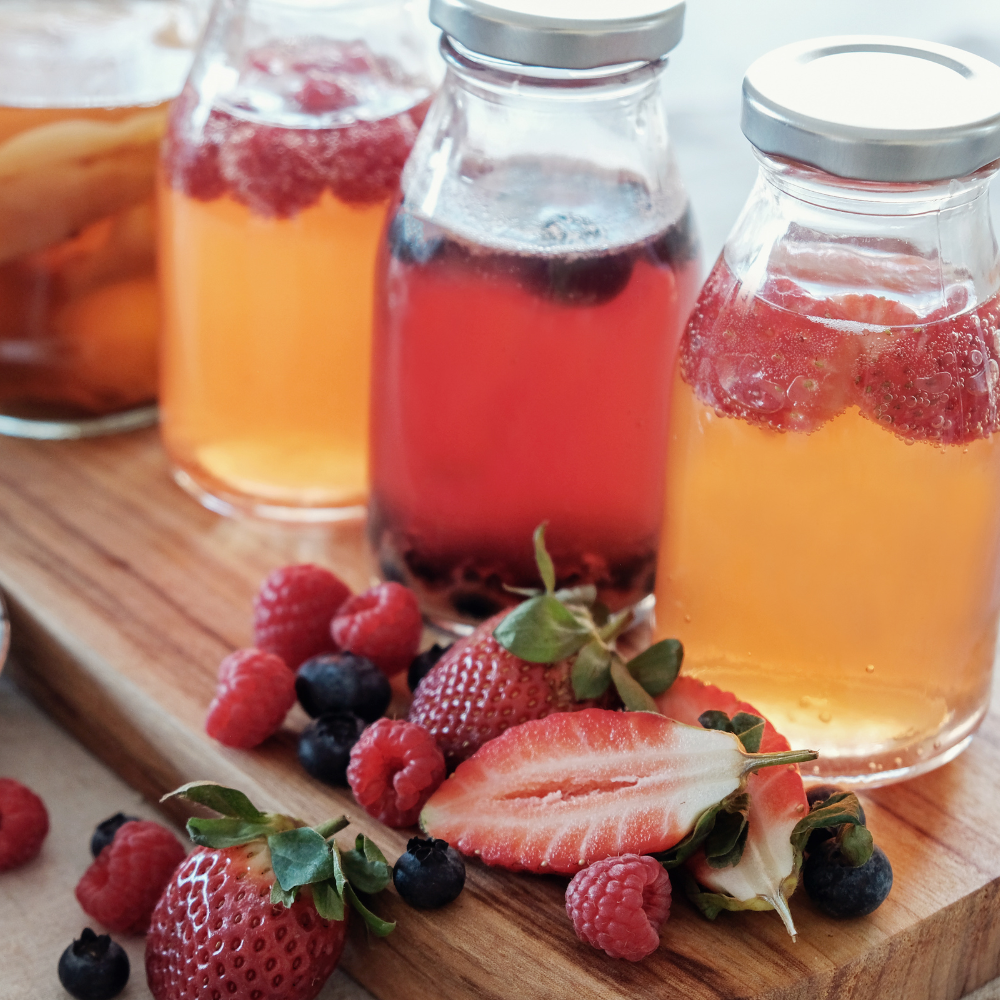
15 Hibiscus Kombucha Recipes
- Hibiscus and Cranberry
- Apple and Hibiscus
- Strawberry and Hibiscus
- Elderberry and Hibiscus
- Hibiscus and Rose hips
- Orange and Hibiscus
- Lemon and Hibiscus
- Lime and Mint with Hibiscus
- Ginger and Hibiscus
- Peach and Hibiscus
- Cinnamon and Clove Hibiscus
- Vanilla and Hibiscus
- Pineapple and Hibiscus
- Coconut milk and Hibiscus
- Blueberry and Hibiscus
-
How To Make Homemade Kombucha- Simple Recipe
This post may contain affiliate links. Please read our disclosure policy Kombucha is a fermented sweet tea drink. It tastes like tart soda but with added health benefits of postbiotics that help your gut microbiome. Kombucha has gained popularity as a health drink because the fermentation process can infuse antioxidants and vitamins into the drink. The…
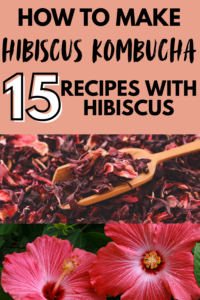


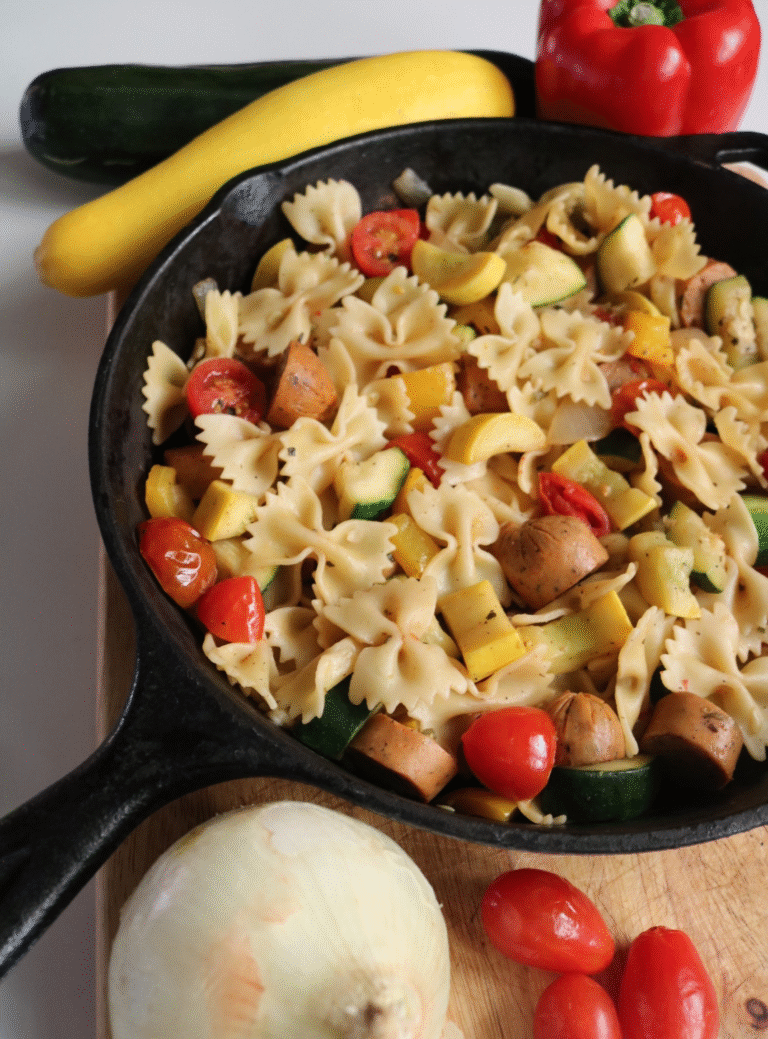
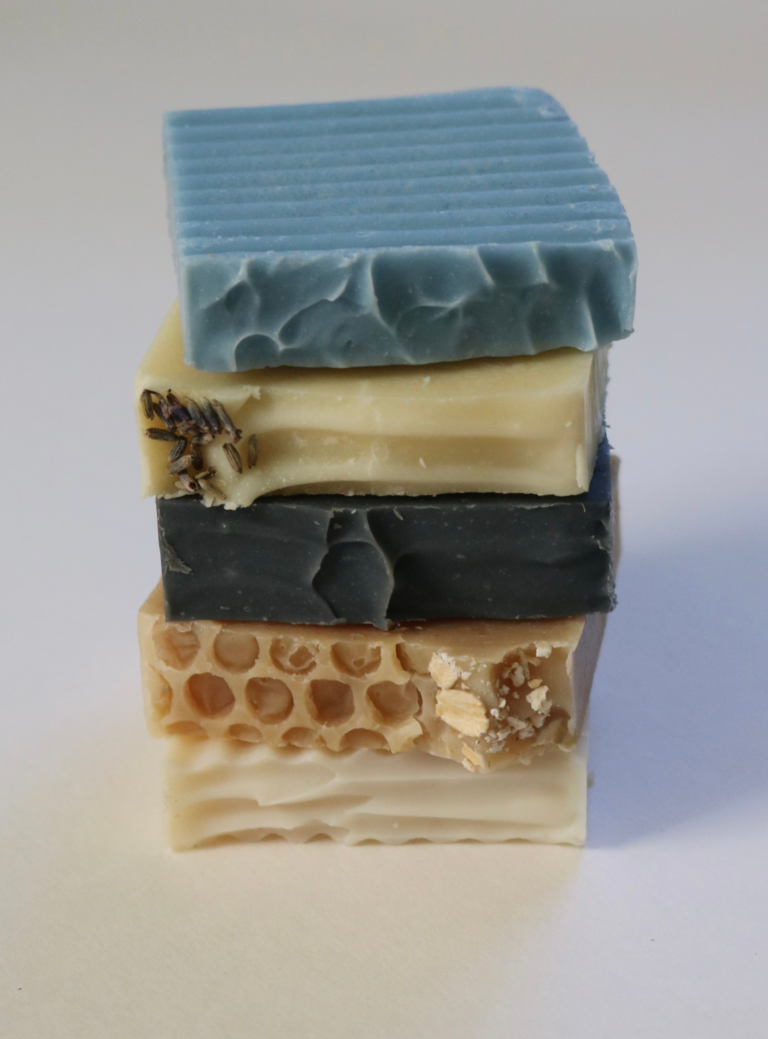

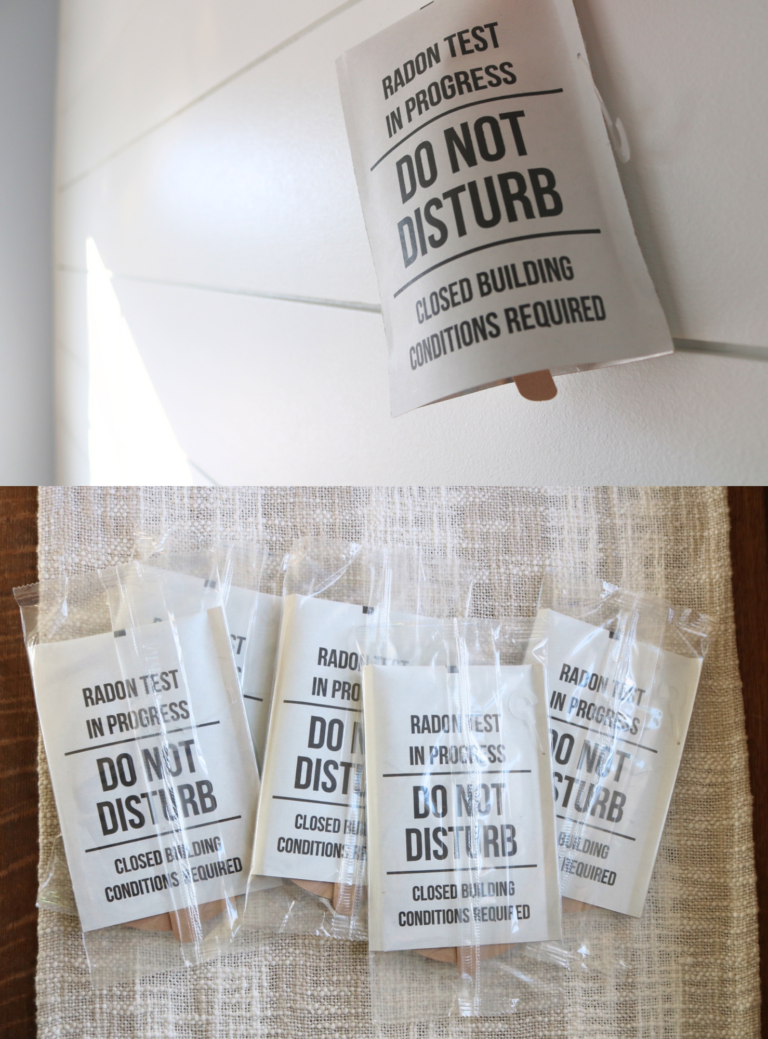

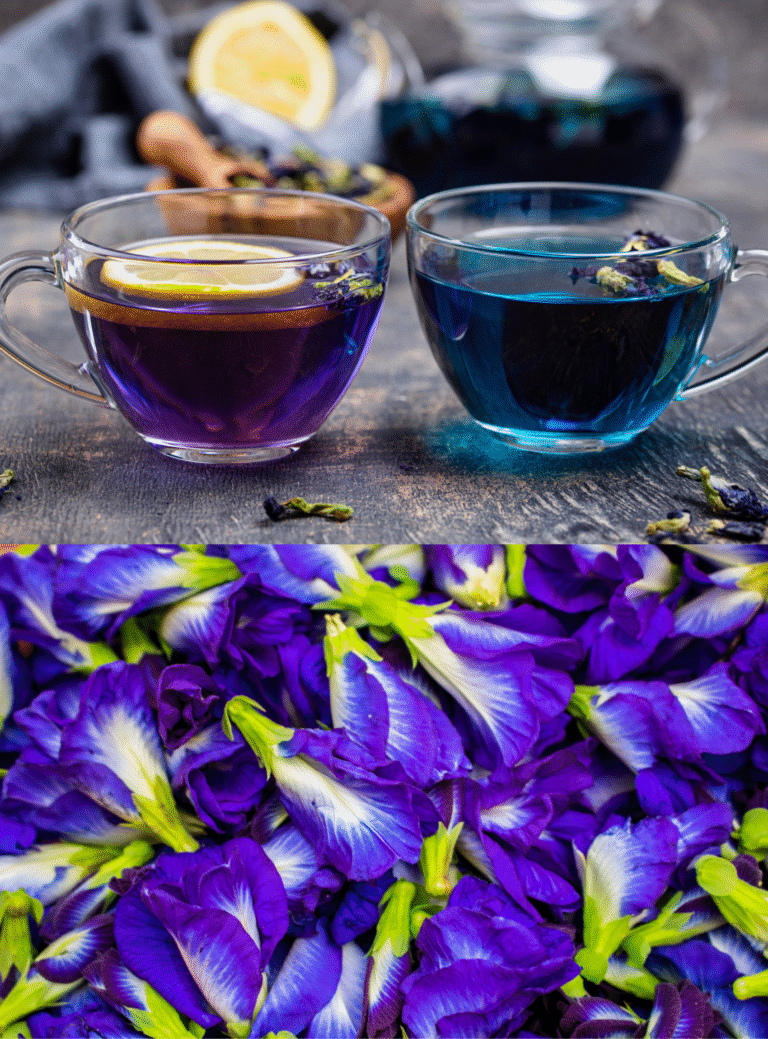
One Comment